Pro-Level Meal Prep Hacks: Save 8 Hours Every Week With Smart Kitchen Strategies
Difficulty: Novice
Time: 2-3 hours weekly prep time
Cost: $3-5 per meal (vs. $12-20 takeout)
Ready for stress-free cooking all week long? Food prep does not have to mean hours of complicated planning or expensive ingredients. Research shows that people who prepare meals ahead save an average of 6 to 8 hours every single week—that's an entire workday returned to your life. That is a full day back. Imagine opening the fridge to neat rows of ready meals instead of a 5 p.m. stare-down with a half lemon and a mystery container.
Smart meal prepping mixes simple techniques with budget-friendly shortcuts to create delicious, ready-to-eat meals that actually taste great. Studies reveal that meal preppers consume 23% more vegetables and 18% less processed food than non-preppers, while home-cooked meals cost between $3 and $5 per serving compared to $12 to $20 for takeout or delivery. These pro-level hacks will take your kitchen from chaotic to effortless. Let’s cook smarter, not longer.
What You'll Need
Materials
- 15-20 airtight glass containers (search "microwave-safe meal prep containers")
- 10-15 small sauce containers (1-2 oz capacity)
- Permanent marker for labeling
- Masking tape or labels
Tools
- Digital food thermometer
- Sharp chef's knife (8-inch recommended)
- Large cutting board
- 2-3 sheet pans
- Rice cooker or large pot
- Food scale (optional but helpful for portions)
Safety First
- Cook proteins to 165°F (74°C) and verify with thermometer
- Cool cooked foods within 30 minutes before refrigerating
- Label containers with date and contents, cooked meals last 3-4 days refrigerated, 2-3 months frozen
- Wash hands frequently during prep and use separate cutting boards for raw proteins
Smart Planning: Your Roadmap to Success
Start small and build confidence. Begin by prepping just two or three meals instead of five or six to ease in without overwhelm. Research shows that meal prep eliminates the majority of food-related decisions, reducing decision fatigue, which frees up mental energy for everything else.
Create weekly themes to streamline choices. Assign each day a theme like Meatless Monday or Taco Tuesday. No more "what's for dinner?" spiral, and you still get variety.
Tip: Choose your most challenging meal first, whether that is grabbing breakfast on busy mornings or avoiding takeout after long workdays. Master one meal type before expanding your routine. No shame in starting tiny.
Time-Saving Prep Techniques That Actually Work
Master parallel processing for maximum efficiency. Batch cook your proteins, grains, and vegetables all at once instead of prepping individual meals daily, which can reduce total cooking time by 62%. Let the rice cooker handle grains, get vegetables roasting, and sear or bake proteins at the same time.
Apply the "cook once, eat twice" strategy. Speed cooking techniques like parallel processing of foods and using appliances like rice cookers or slow cookers can produce multiple meals in 2 hours. For example, fajita roast chicken tastes great in sandwiches the next day, so dinner becomes tomorrow's lunch without extra work.
Prep ingredients strategically for weekday flexibility. Washing and chopping vegetables, marinating proteins, and cooking staples like rice or beans creates building blocks you can mix and match instead of locking yourself into identical plates.
Why it works: You maximize appliance capacity and minimize active time, turning what could be five separate cooking sessions into one efficient afternoon.
Budget-Friendly Storage and Safety Essentials
Invest wisely in storage containers that pay for themselves. Strategic grocery shopping, buying in bulk, shopping sales, and organizing lists can save 25-40% on food costs, which makes quality containers a smart buy. Choose containers that are microwave-safe, dishwasher-friendly, and airtight to preserve freshness and prevent spoilage.
Follow the 30-minute cooling rule for food safety. Cooking proteins to exactly 165°F and immediately resting them prevents overcooking and moisture loss. Let dishes cool for about 30 minutes at room temperature before transferring to containers and refrigerating, which prevents raising your refrigerator's temperature and compromising other stored items.
Master the storage timeline for optimal freshness. Food safety guidelines recommend storing cooked foods for up to 3-4 days and freezing leftovers for 2-3 months. Glass works well because it does not absorb flavors or odors, and you can see exactly what is inside without opening.
Tip: Calculate your container ROI, if quality containers help you avoid one $15 takeout meal per week, they pay for themselves within a month.
Quick Wins That Make the Biggest Difference
Transform your breakfast routine with 30-minute prep sessions. Prepping a week's worth of breakfast options like overnight oats and egg muffins can be done in under 30 minutes, which eliminates five mornings of decision-making and guarantees grab-and-go fuel.
Use the garlic jar shake method for mess-free prep. Pop garlic cloves in a sealed jar, give it a vigorous shake, and watch the skins come right off. It saves 2-3 minutes every time you cook with garlic. Small win, big mood boost.
Master salad-in-a-jar layering for extended freshness. Layering salads in jars with dressing at the bottom and greens on top preserves crunch for up to 5 days. Create barriers, proteins and hardy vegetables can sit in dressing, delicate greens need protection on top.
Prevent stovetop disasters with the wooden spoon trick. Laying a wooden spoon across the pot to stop it from boiling over breaks bubble surface tension and keeps your stovetop clean, which saves cleanup time and your sanity.
Why it works: These micro-efficiencies compound, saving a couple minutes per technique across multiple sessions adds up to real time back and less kitchen stress.
Troubleshooting
Problem: Meals taste bland by day 3 → Fix: Store sauces and seasonings separately, then add when reheating
Problem: Vegetables get soggy → Fix: Slightly undercook vegetables during prep, they will finish cooking during reheating
Problem: Proteins dry out → Fix: Rest cooked proteins for 5 minutes before slicing, and add a splash of broth when reheating
Problem: Running out of containers → Fix: Start with 15-20 containers for one person, you will need more than you think for full weekly prep
Cleanup & Disposal
- Wash prep containers immediately after emptying to prevent staining
- Cool and dispose of cooking oil properly, never down the drain
- Compost vegetable scraps where possible to reduce waste
- Clean cutting boards with hot, soapy water, especially after handling raw proteins
Your Path to Effortless Eating Starts Now
Professional-level meal prep is not about perfection, it is about systems that fit your life. Research confirms that meal prep can significantly reduce grocery costs and food waste, with potential annual savings of over $5,800 for a family of four. That is serious money that could fund a vacation, emergency savings, or debt reduction.
Having prepped meals on hand makes it easier to stick to a nutritious diet, even on the busiest days. When you are wiped out and choosing between fast food or a homemade container meal, your past self has your back.
Remember, meal prep is a proactive way of staying on top of your fitness goals while reclaiming precious time for what matters most, whether that is family time, exercise, hobbies, or simply a quiet minute.
Start with one technique from this guide. Nail it. Then layer in more until you have a personal system that runs on autopilot. In a few weeks, you will be the person who always has delicious, healthy meals ready to go, and everyone will want to know your secrets.







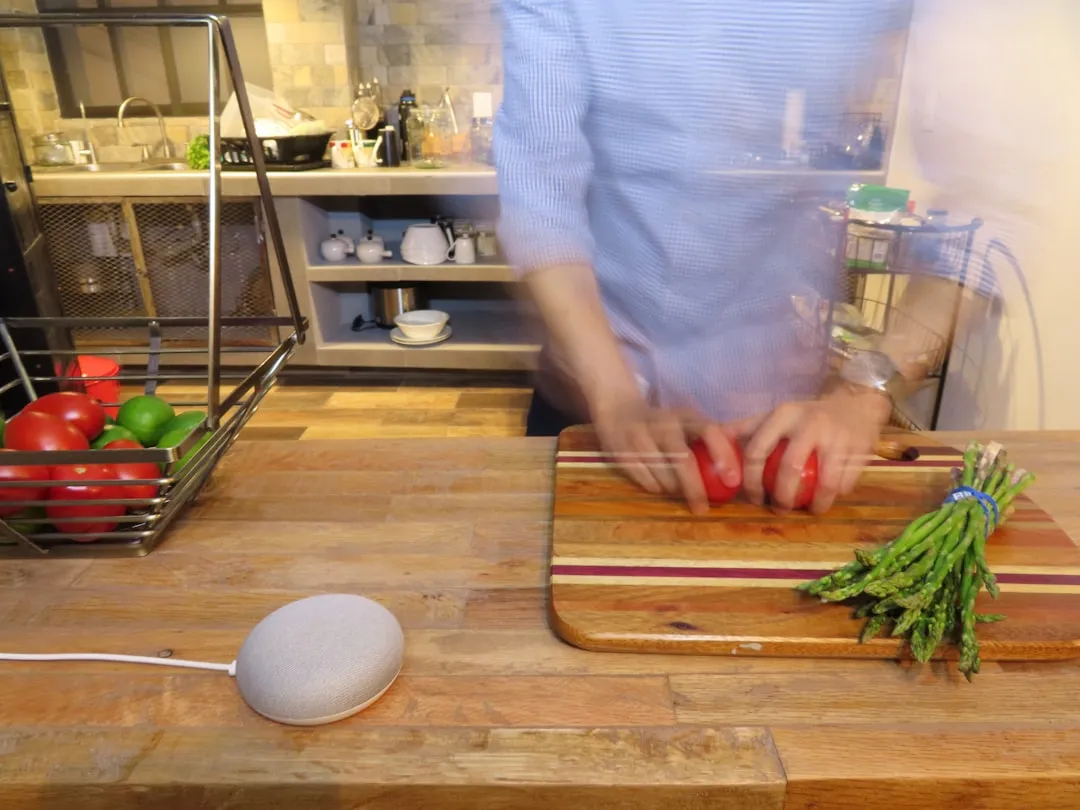



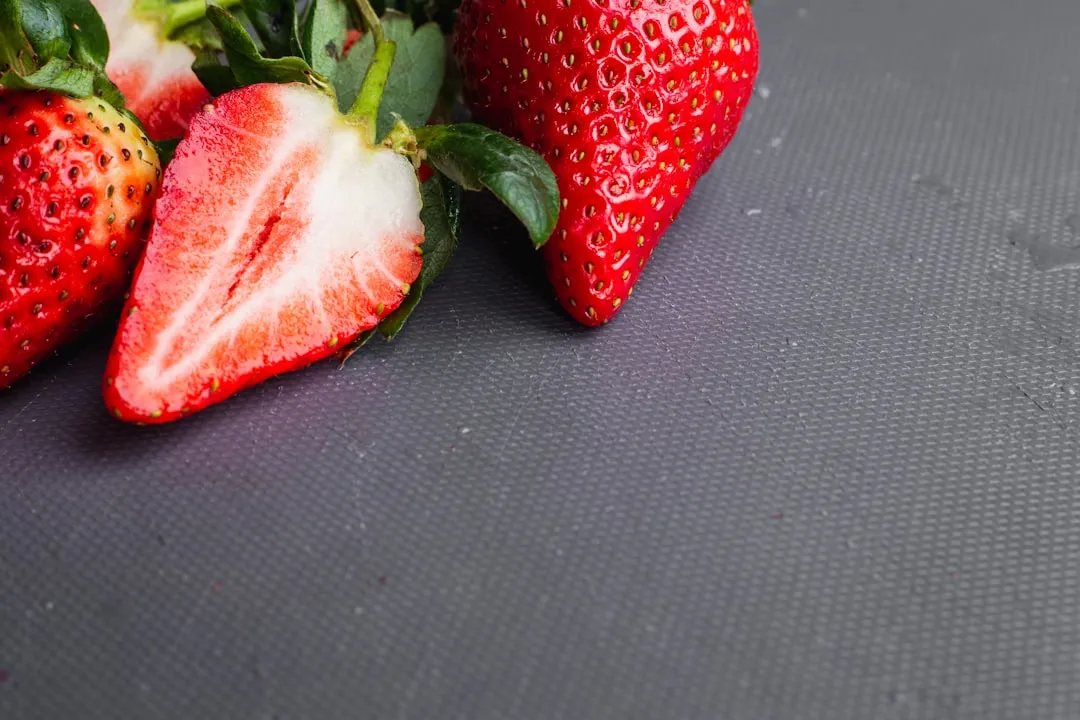

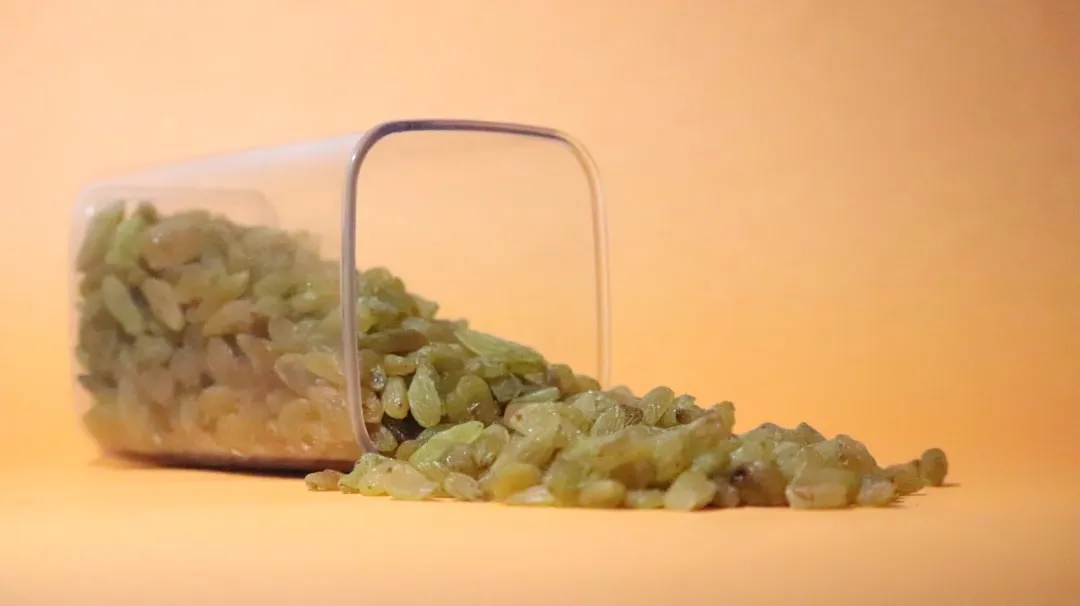
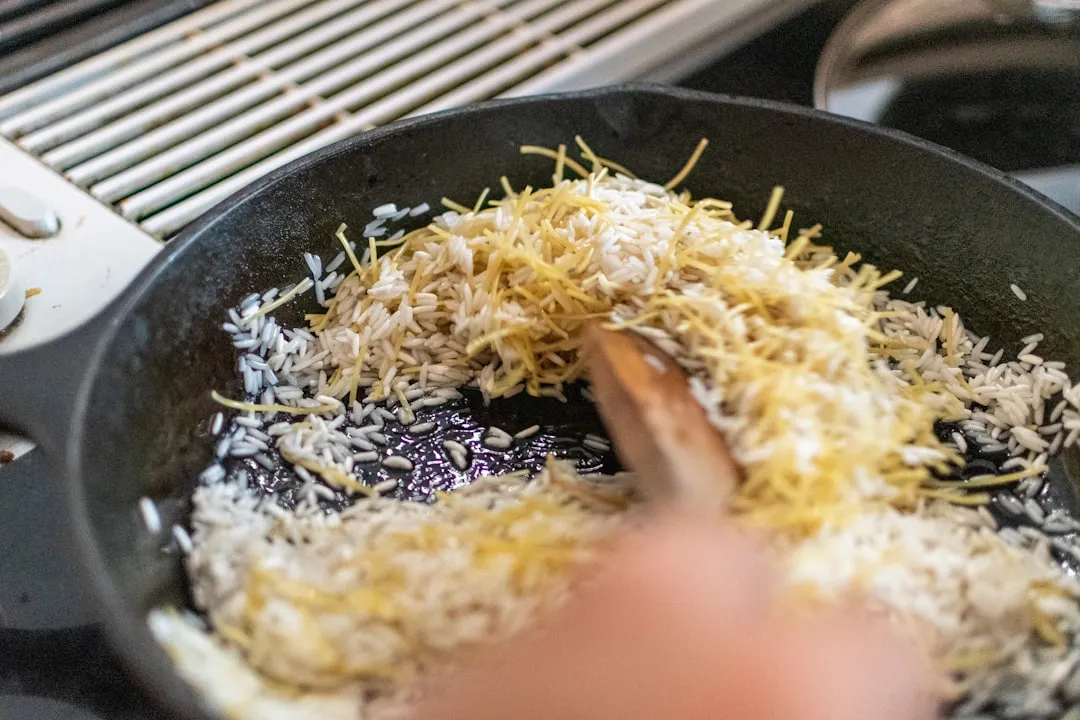


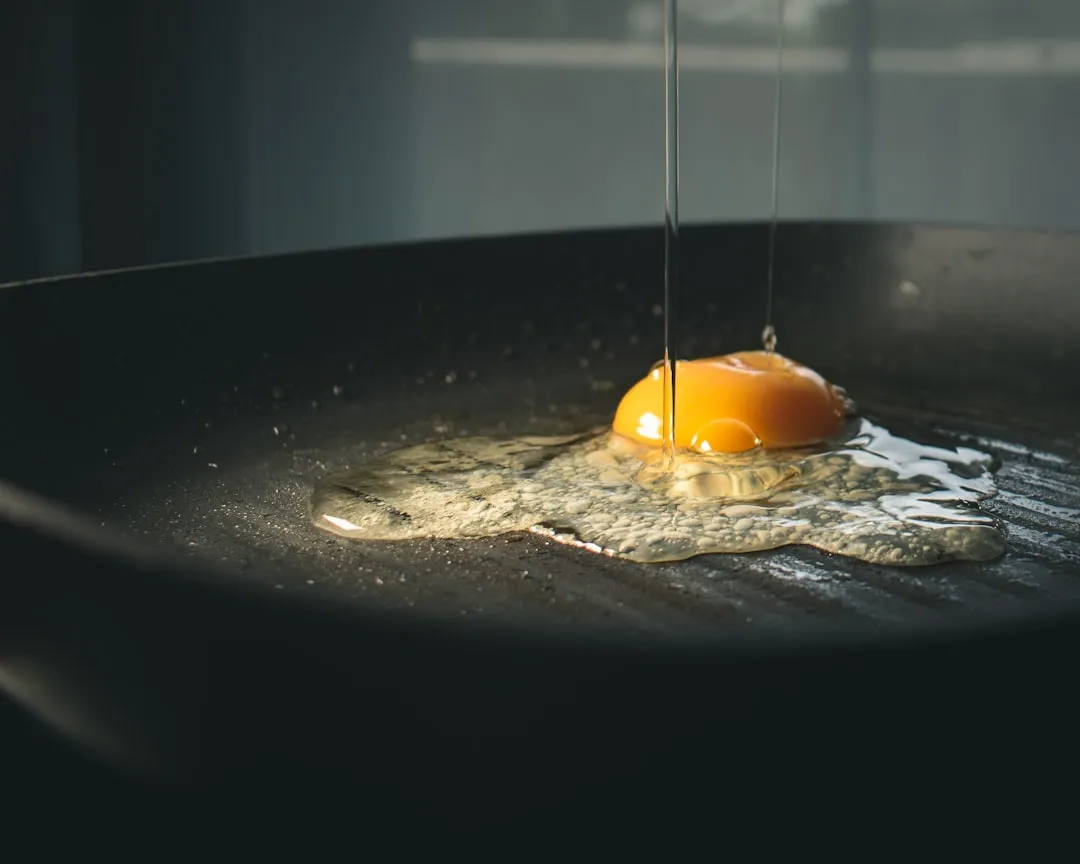
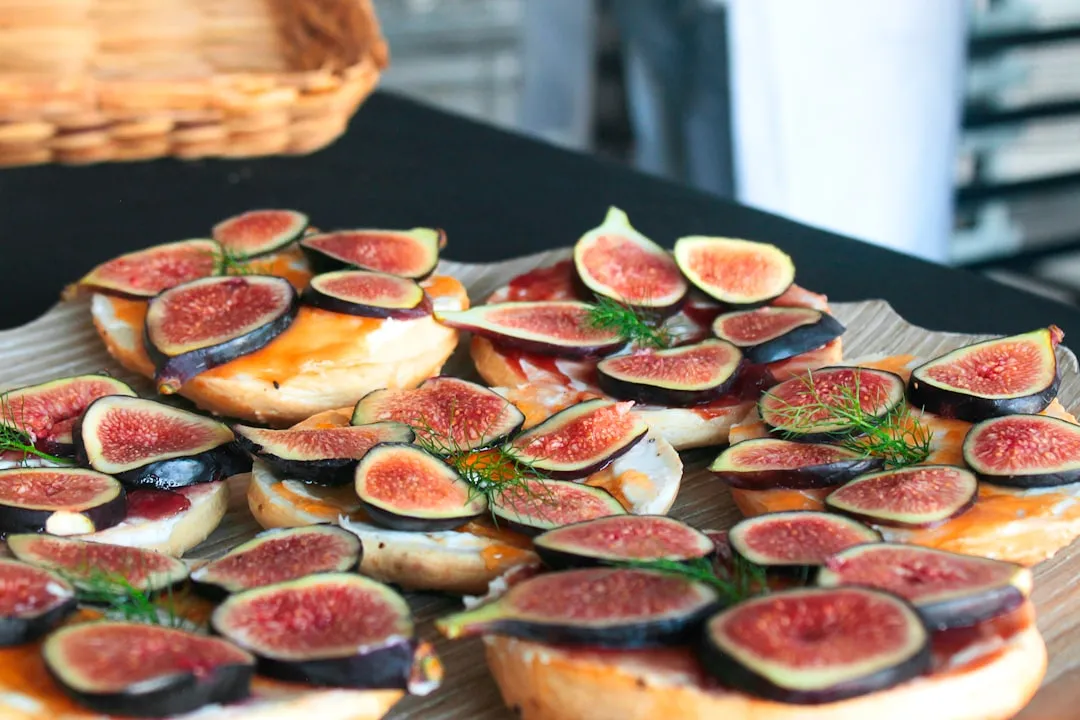

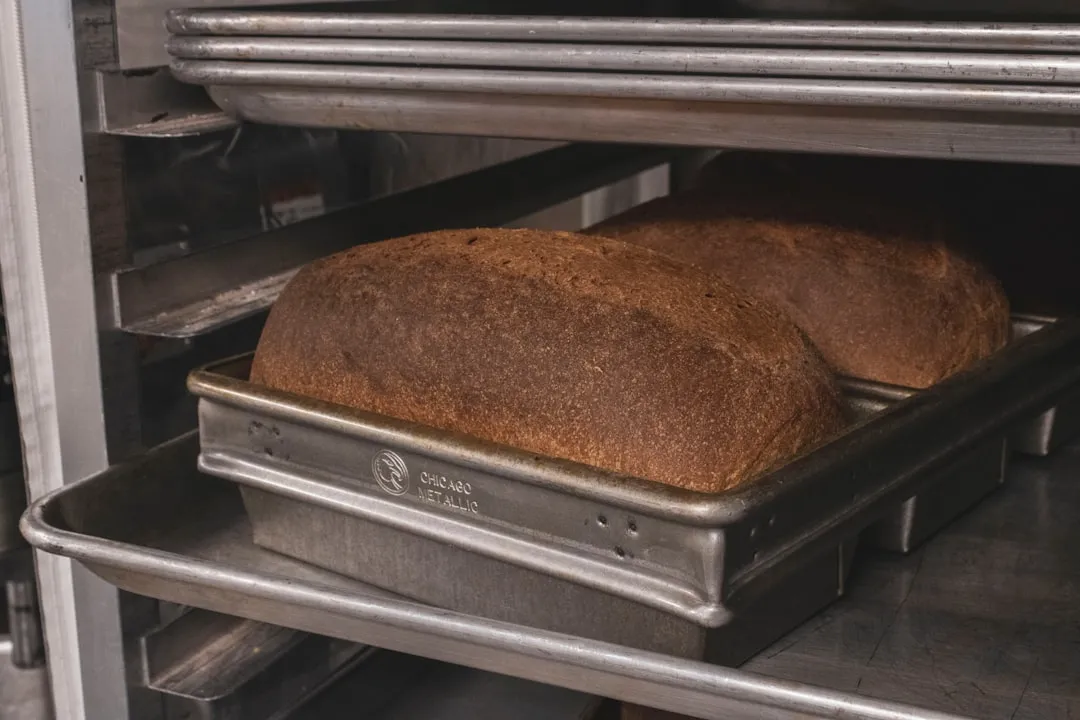
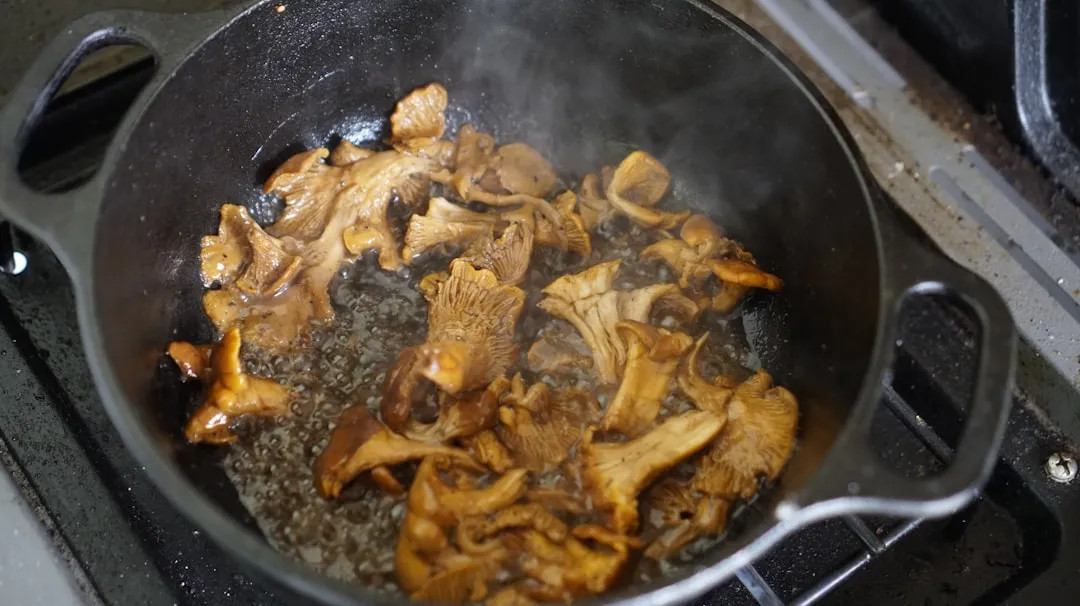
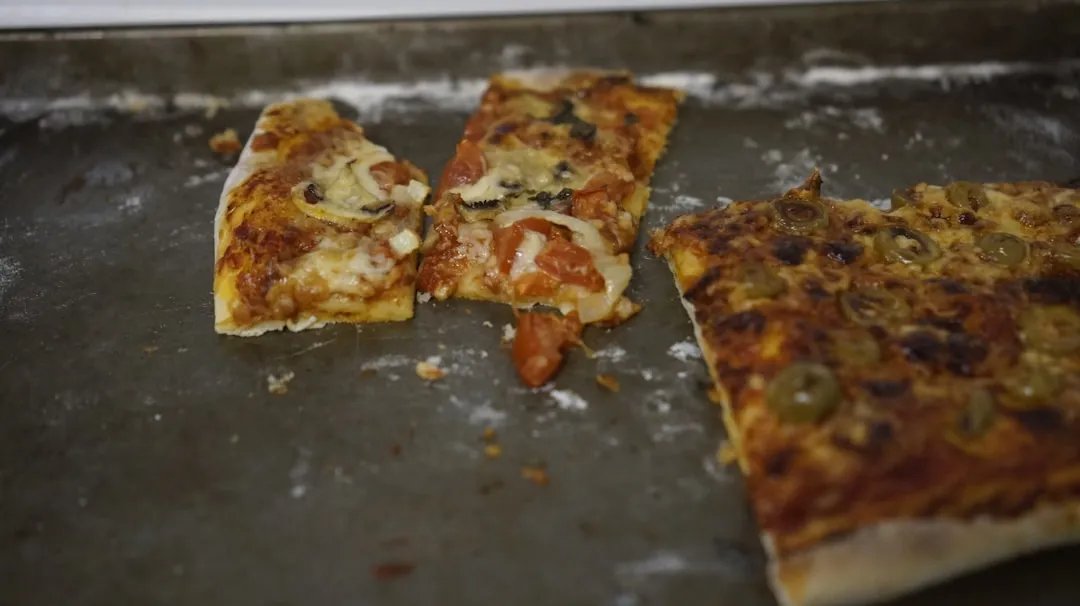

Comments
Be the first, drop a comment!